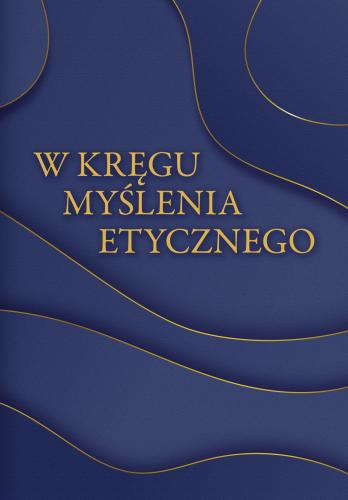Love as a Form of Seeking the Morally Good
Synopsis
The subject of this chapter’s considerations is the concept of love, understood both from the perspective of the object causing it and the loving subject. Comparing certain concepts within a historical dimension allows us to better understand love as the most complete form of searching for moral good. On the one hand, love was perceived as a desire caused by a specific object that appears worth obtaining; on the other hand, love was presented as a certain desire (conatus) that seeks one object over another, worthy of love, accompanied by joy. Historical analyses also show love in the romantic sense, in two forms: courtly and literary, as exemplified by the works of Rousseau, Emile and New Heloise. An important dimension of love is sexuality, which has been assigned various roles (Schopenhauer, Freud). The analysis of various positions shows that feminist critiques of romantic love mainly concern stereotypes of love. While love is sometimes strengthened by the distance and inaccessibility in which the object is kept, it can also be a profound cause of inequality due to the mixture of social conditions and ethnic factors it may involve. This also relates to the issue of treating others as objects or of self-enslavement (Sartre). Nagel made an important correction to Sartre’s views, arguing that it is as necessary for the lover to desire the person he loves as it is to be aware that he also desires himself. In turn, Canto-Sperber noted that love is not a morally superior emotion compared to others. However, love has great intrinsic moral value as an emotion because it manifests in relation to a state of consciousness that holds positive value. It helps in understanding reality and shaping the criteria of moral assessment through concepts of human existence.



